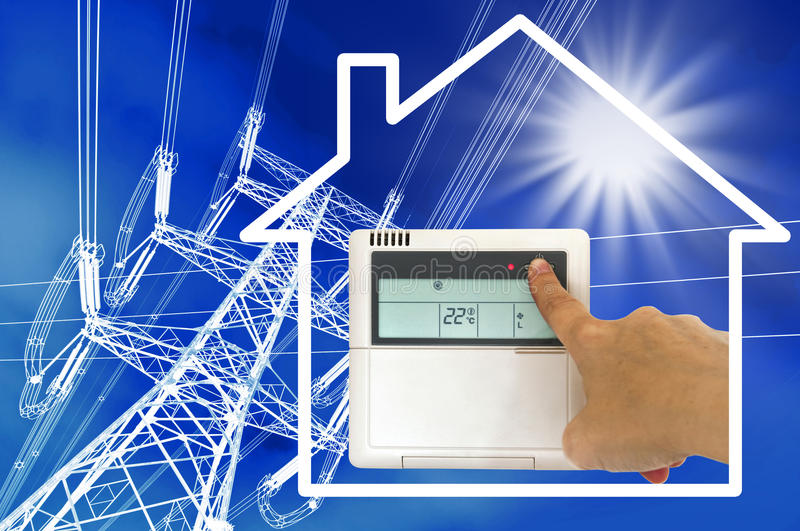Any article, news item, or how-to that is posted in a website’s blog area is referred to as a blog post. Usually between 600 to 2,000 words long, instructional in nature, and containing other media types such images, videos, infographics, and interactive charts, a blog post tackles a certain topic or question.
You and your company can share views, opinions, and narratives on your website with blog postings about any subject. They may assist you in increasing brand recognition, credibility, conversions, and earnings. Most importantly, they can assist you in increasing website traffic.
However, you must first learn how to build a blog before you can start writing content for it. Let’s start now.
How To Start A Blog?
There are several steps to start a blog that are mentioned further :
1. Think like your audience
You and your company can share views, opinions, and narratives on your website with blog postings about any subject. They may assist you in increasing brand recognition, credibility, conversions, and earnings. Most importantly, they can assist you in increasing website traffic.
However, you must first learn how to build a blog before you can start writing content for it. Let’s start now, It’s worth taking a look at popular, highly reviewed blogs because their strategy and execution is what got them to grow in credibility. The purpose of doing this isn’t to copy these elements, but to gain better insight into what readers appreciate in a quality blog.
2. Must check for your competitors
What more effective approach to find inspiration than to study your well-established rivals?
Popular blogs with a lot of positive feedback are worth looking at because their execution and strategy are what helped them gain reputation. Not to imitate these components, but rather to develop a better understanding of what readers value in a high-quality blog, is the goal of doing this.
When conducting a competitive analysis, you should consider a number of factors:
- Visuals: Consider the logo, color scheme, and topic of the blog.
- Copy: Examine the competition’s writing tone and style to determine what readers enjoy.
- Topics: Determine the subjects that their readers are most interested in discussing.
3. Decide the topics you will cover
Choose a topic that interests you before you start writing. In the beginning, the subject may be fairly broad as you begin to develop your preferred blogging niche.
Asking yourself the following questions will help you identify themes for your presentation:
- Who should I write to?
- How well do I know this subject?
- Is this subject pertinent?
4. Implement Unique Idea
What unique perspective do you bring that distinguishes you from the competition? This is crucial for establishing the future course of your blog, and there are numerous options available.
- What distinctive expertise—or thought leadership—do you bring to the subject?
- What issue would you fix for the audience?
- Will you offer your thoughts on hot topics for discussion?
- instruct your readers on a task?
- Original research comparisons or sharing?
- You get to choose the distinctive stance you’ll take on many subjects.
5. Give Appropriate name to your blog
This is your chance to be imaginative and come up with a name that tells readers what to anticipate from your site. Here are some pointers on selecting a blog name:
- Keep the name of your blog simple to say and spell.
- Link the name of your blog to the messaging of your brand.
- Think about what your intended audience wants.
- Try utilising a blog name generator if you still need more help.
Verify that the name you choose is not already in use to avoid reducing your exposure and confusing visitors who are looking for your material.
6. Create your blog domain
The web address nomenclature that someone would use to find your website or a page of your website online includes a domain.
The domain for your blog will be www.yourblog.com. As long as this domain name doesn’t already exist on the internet, you can put whatever name you like in between the two periods.
Want to give your blog a subdomain? Create a blog that looks like this if you already run a catering service at www.yourcompany.com: blog.yourcompany.com. In other words, the subdomain for your blog will be located in a separate area of yourcompany.com.
There are many web hosting websites that provides hosting for your website.
7. Choose a CMS and start your blog
A CMS (content management system) is a piece of software that enables website creation and upkeep without the need for custom coding. The domains and subdomains you use to establish your website can be managed by CMS platforms (where you create a webpage that connects to an existing website).
8. Customize the appearance of your blog
After you’ve registered your domain name, alter your blog’s design to match your brand and the theme of the content you intend to provide.
For instance, green can be a color to bear in mind while creating your blog if you write about sustainability and the environment.
9. Write Your First blog
The content is all that is required after your blog is set up. The content is what will lure your readers in and keep them coming back, even though the style and layout are entertaining and functionally vital. So, how exactly do you go about creating one of these interesting and educational pieces?


















